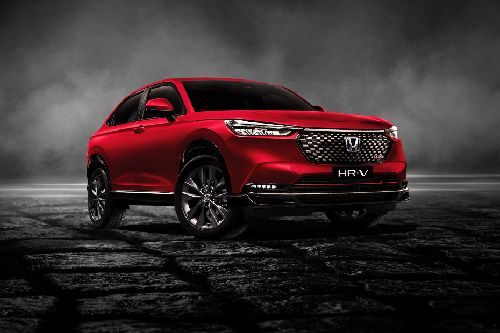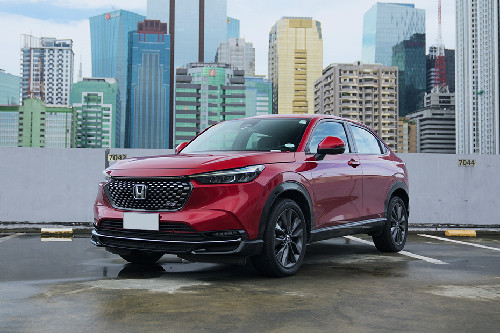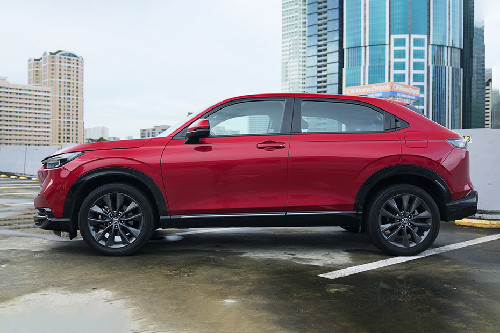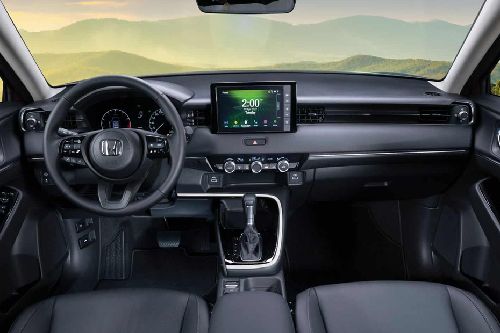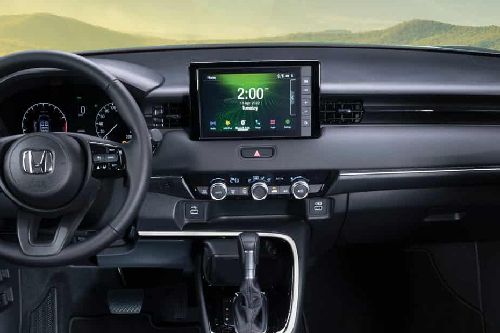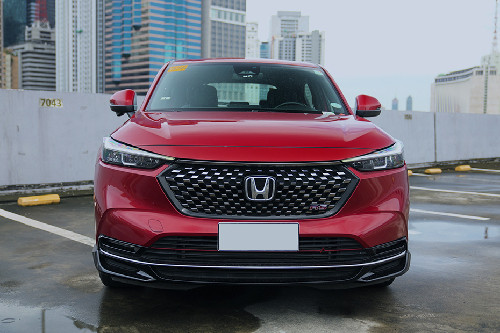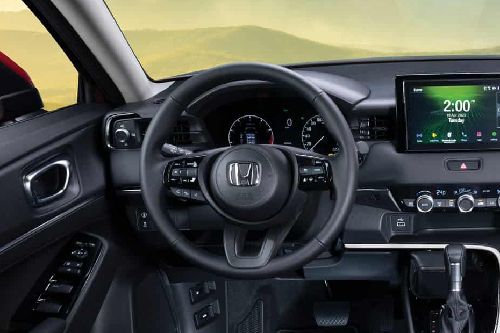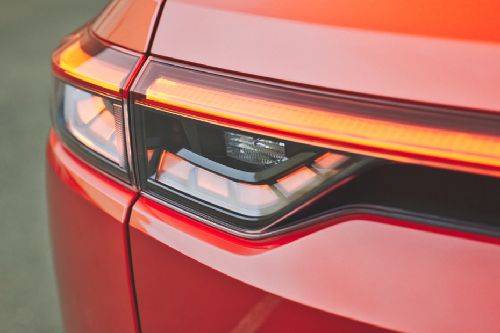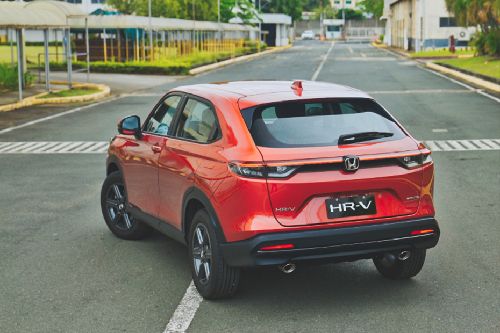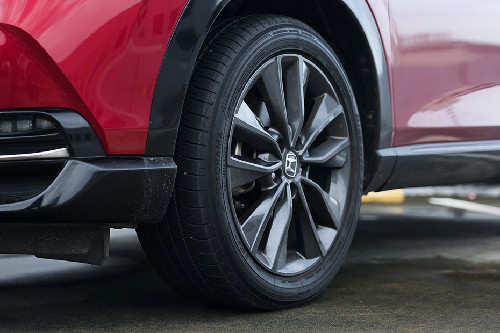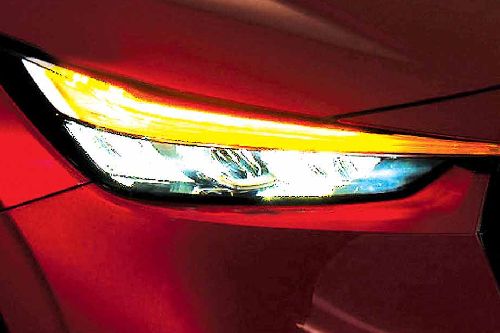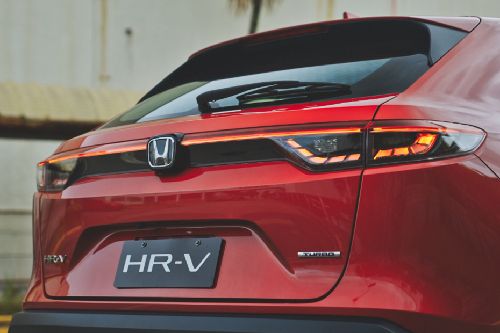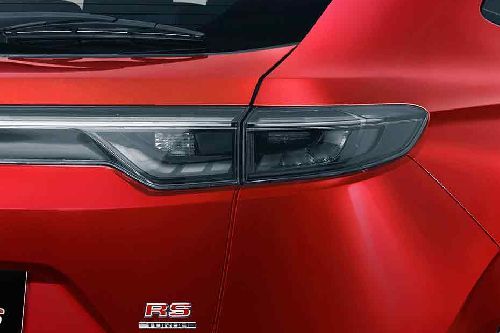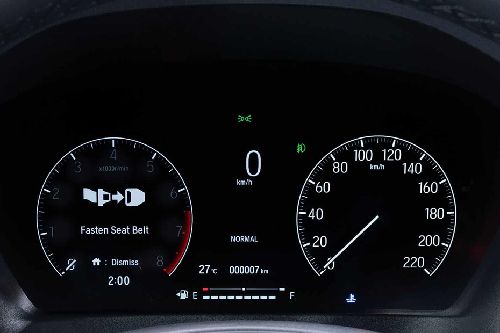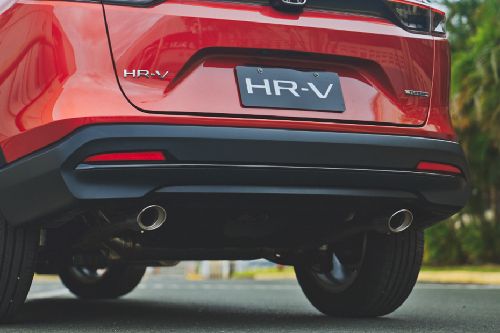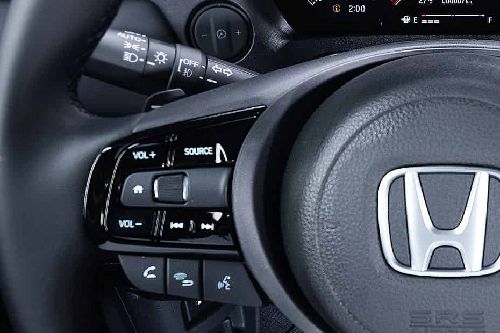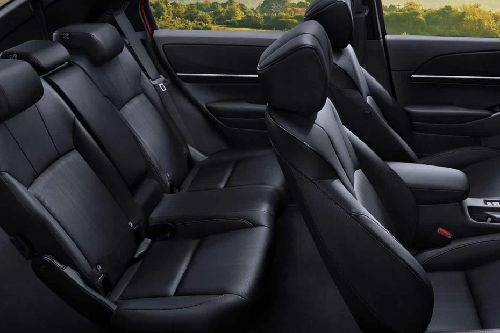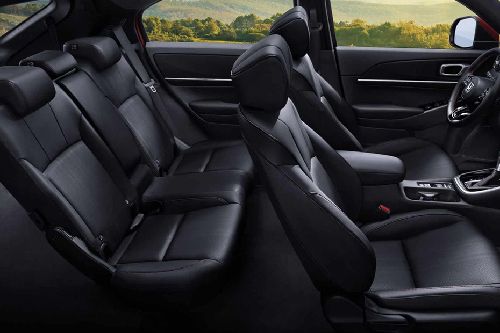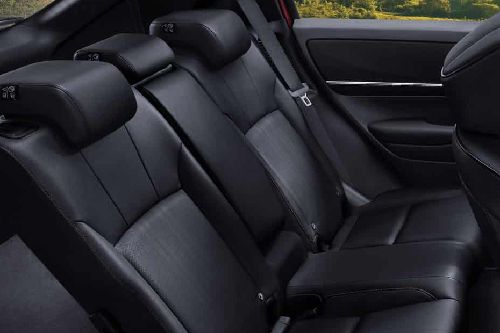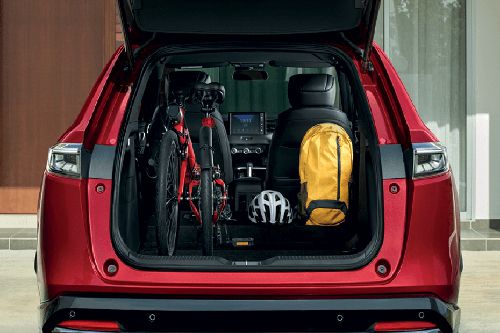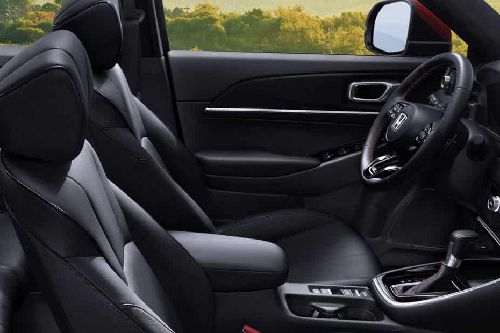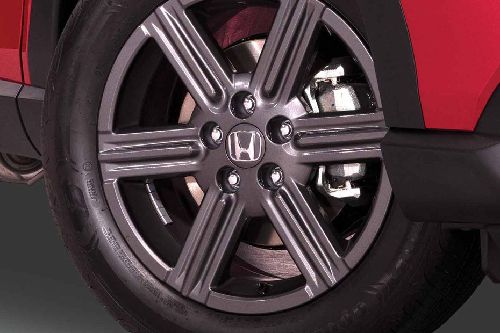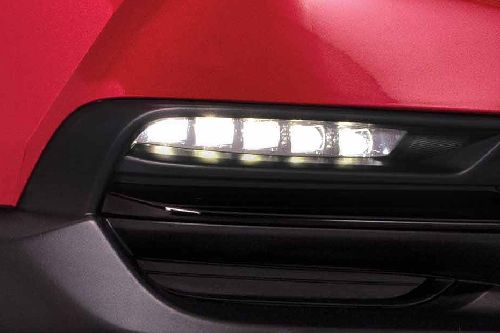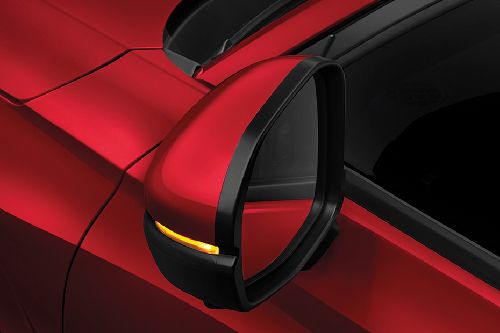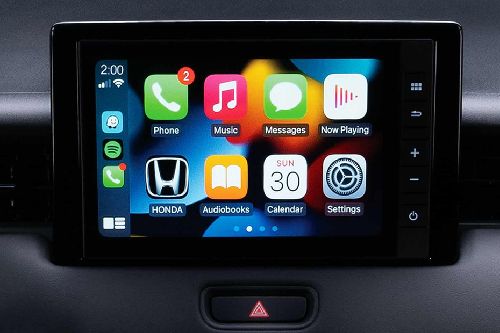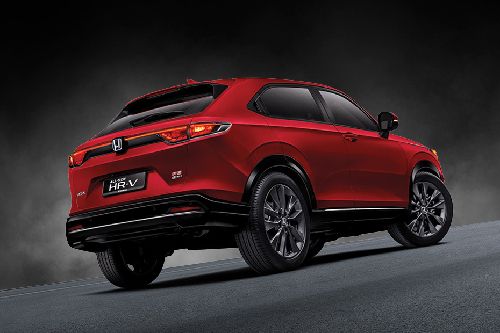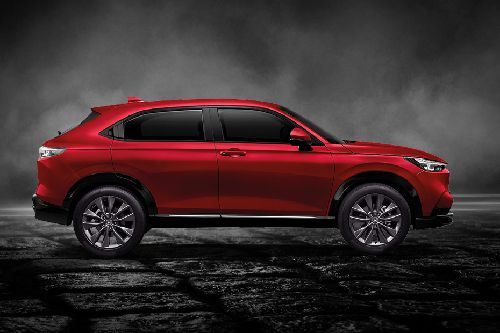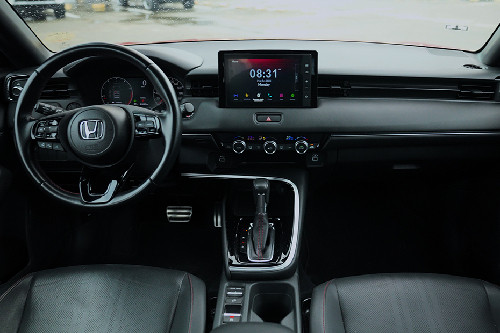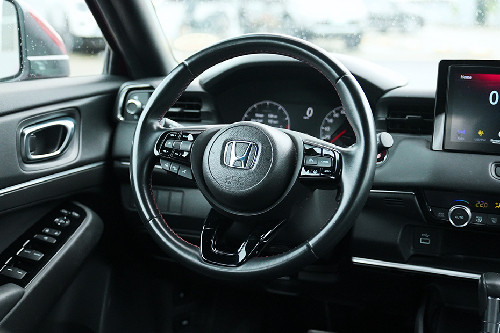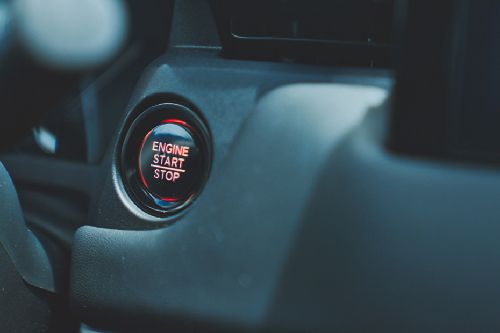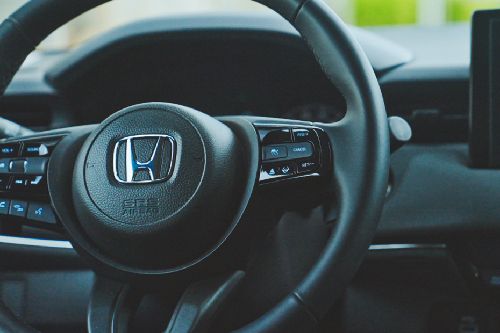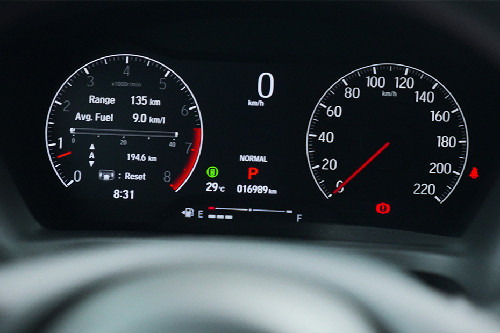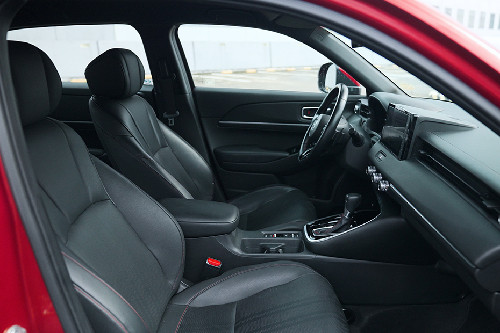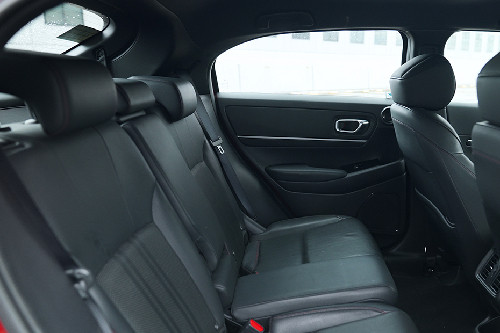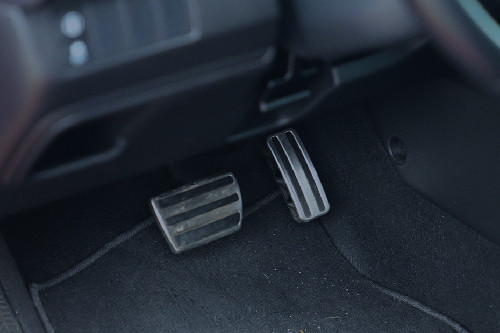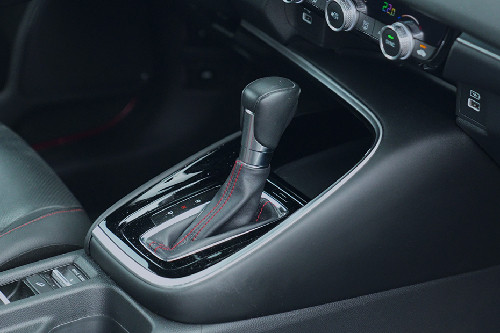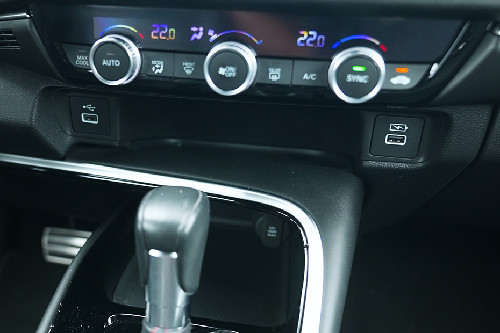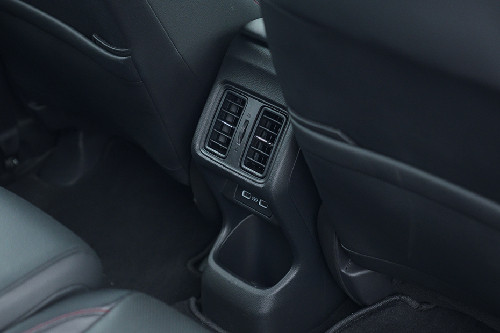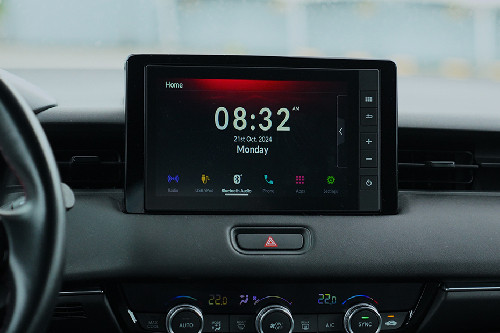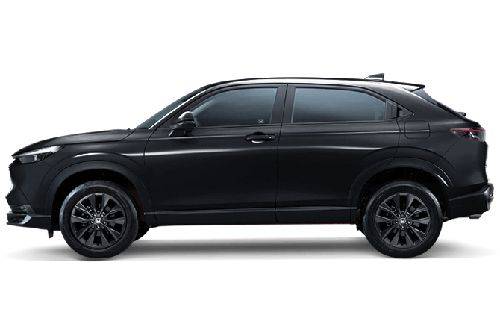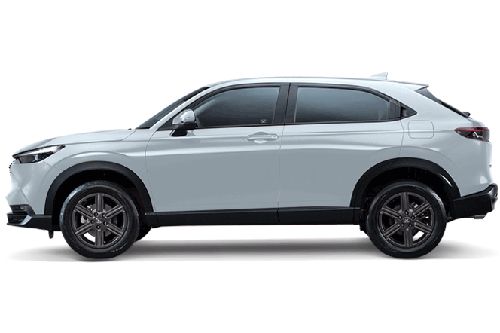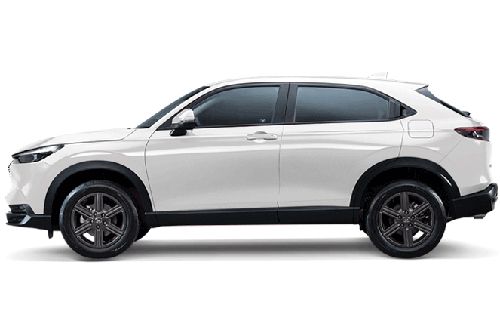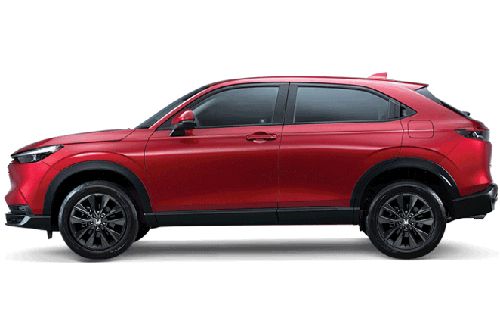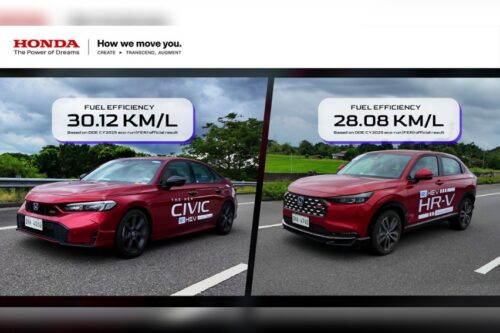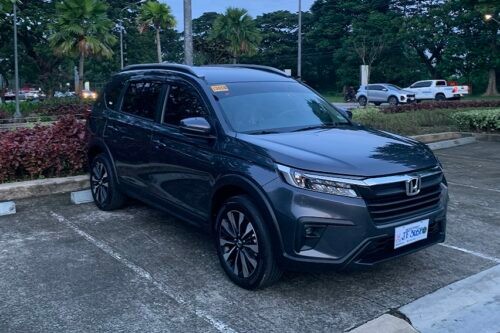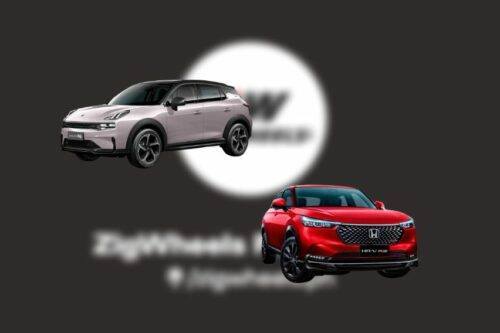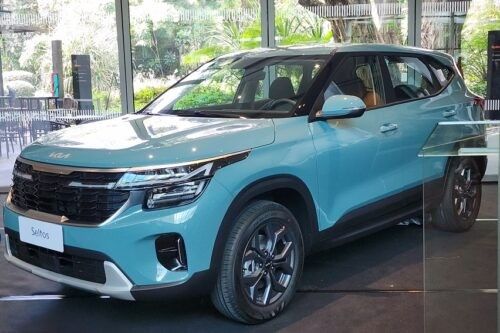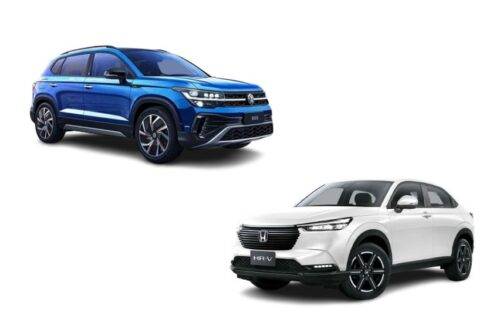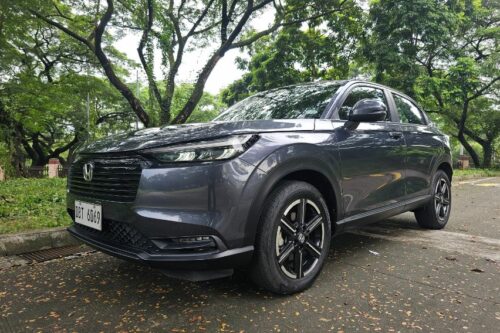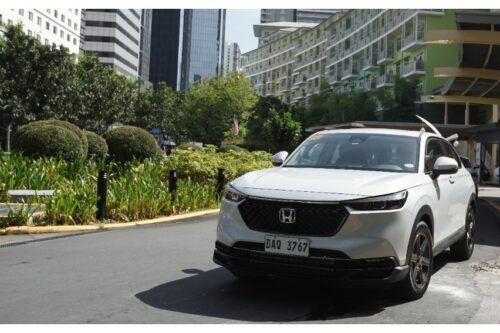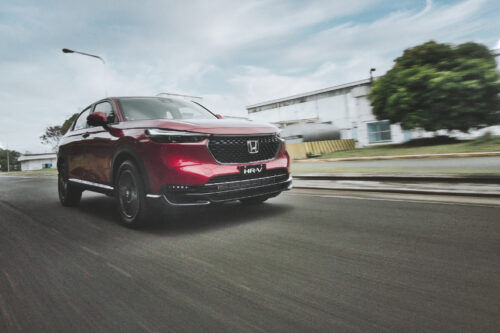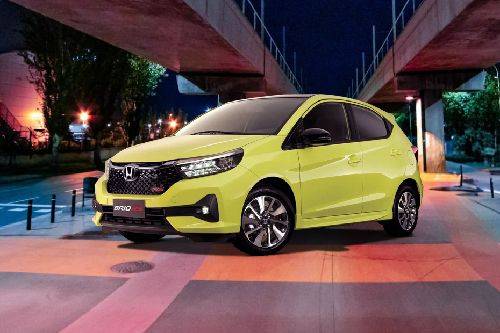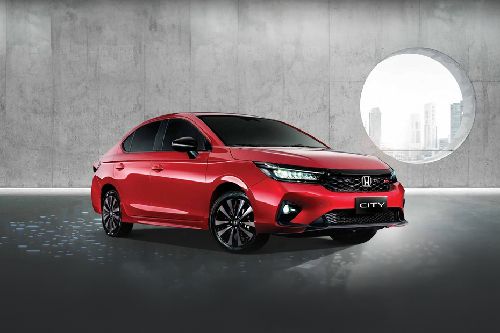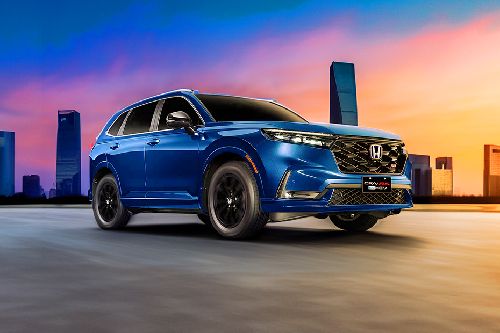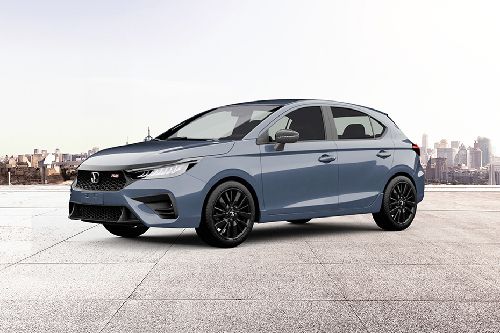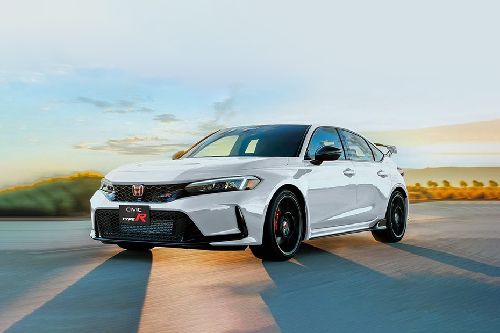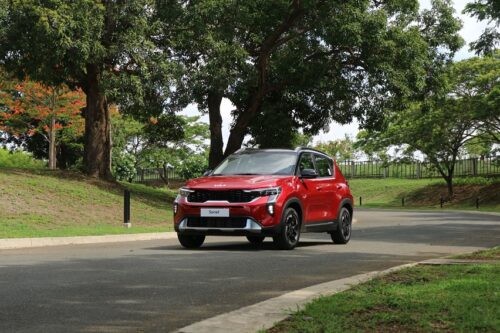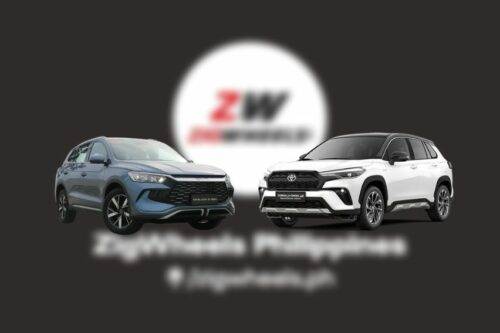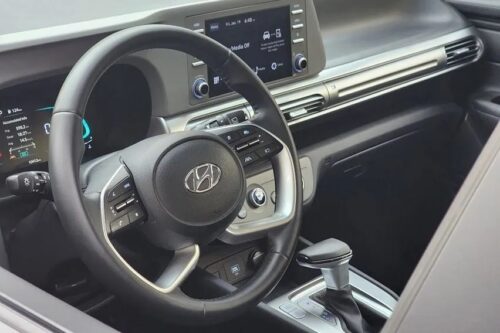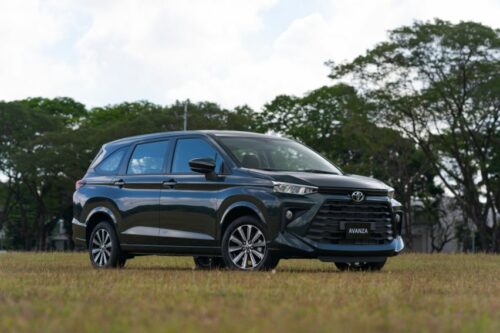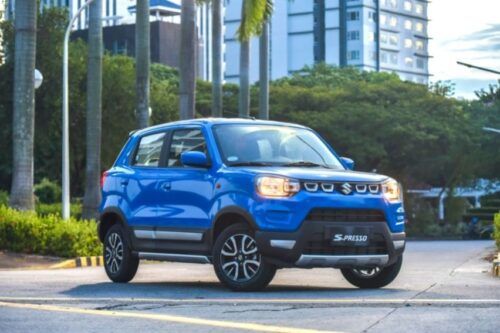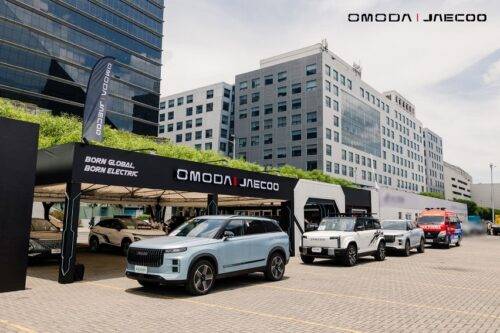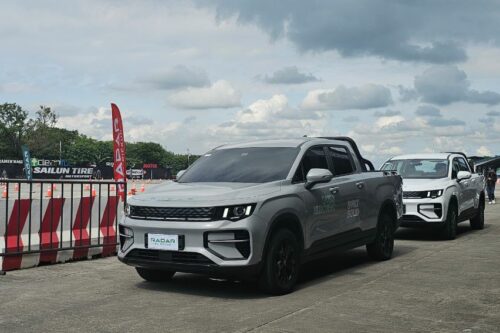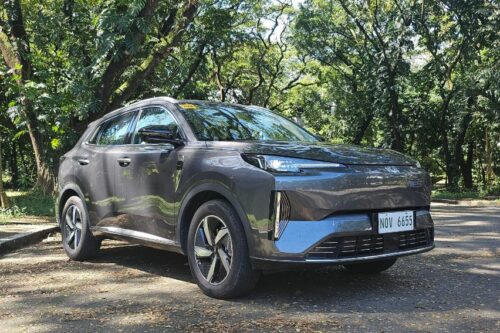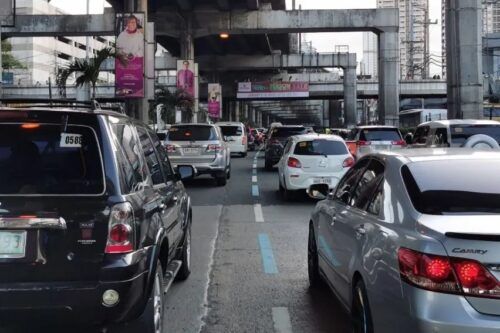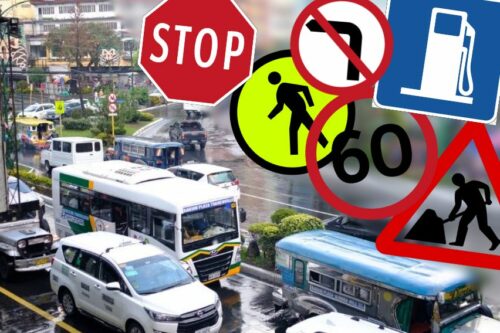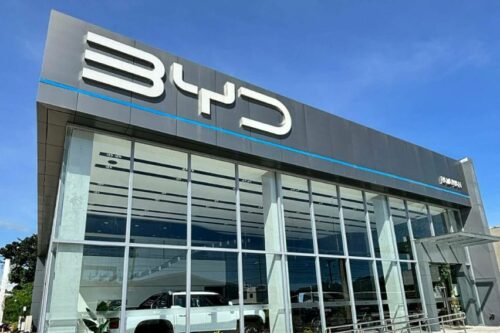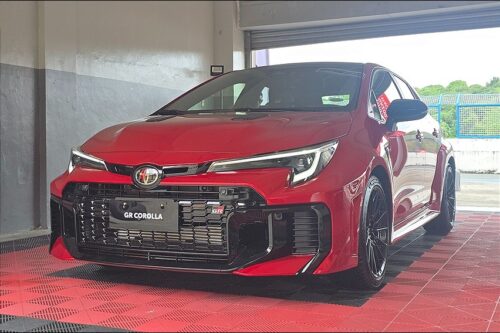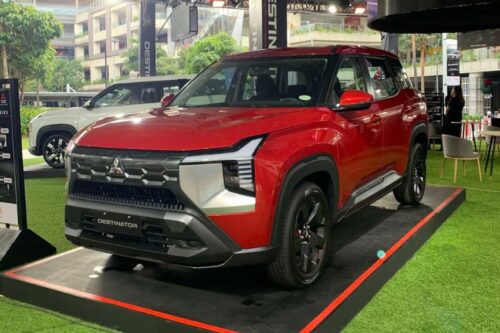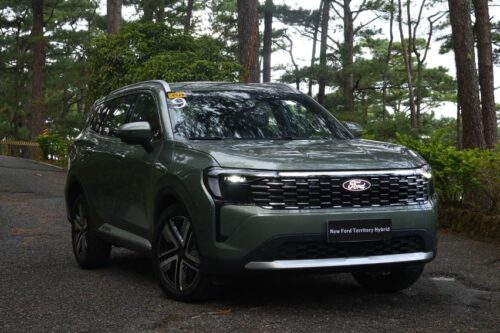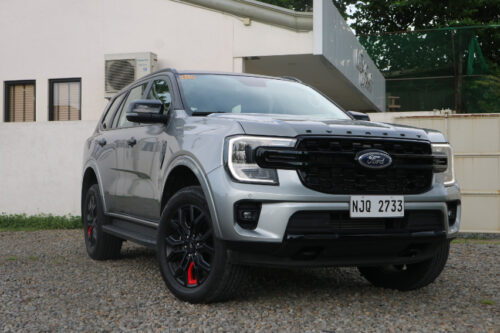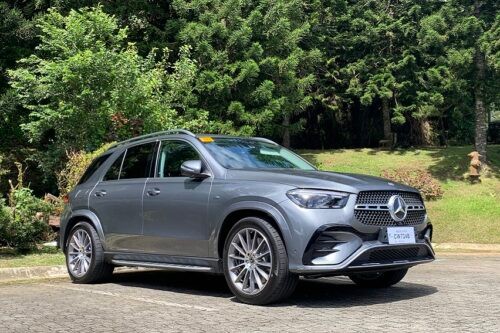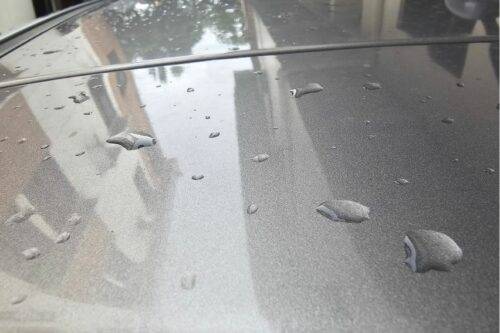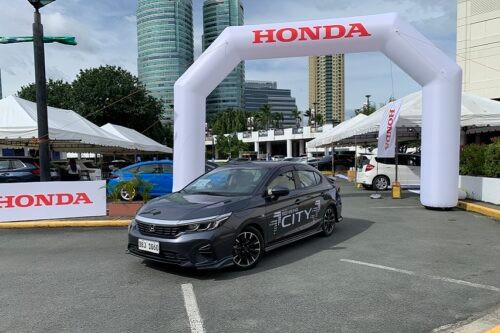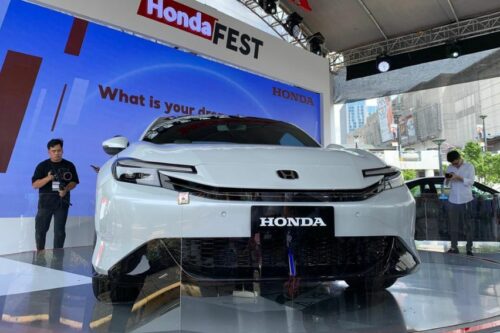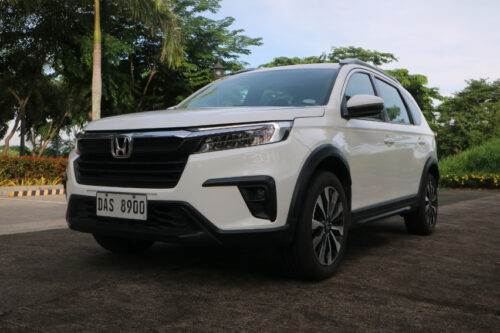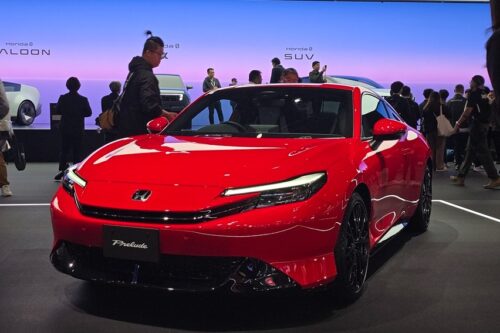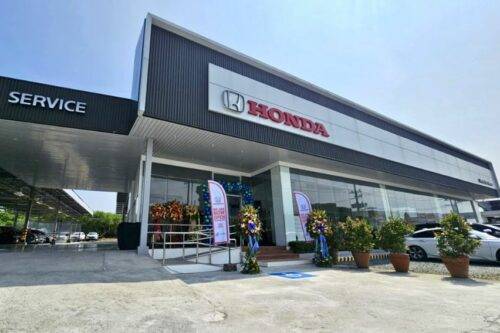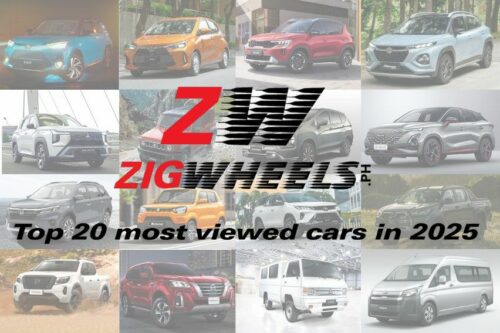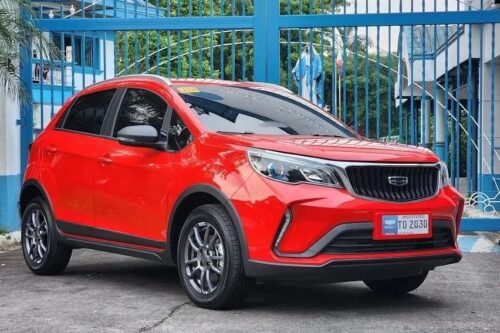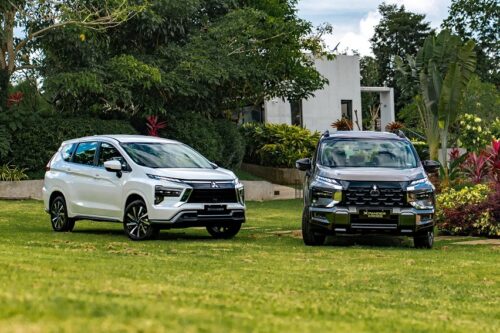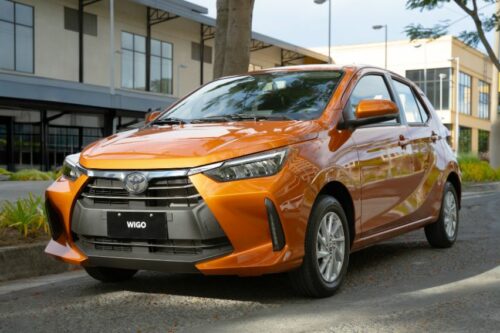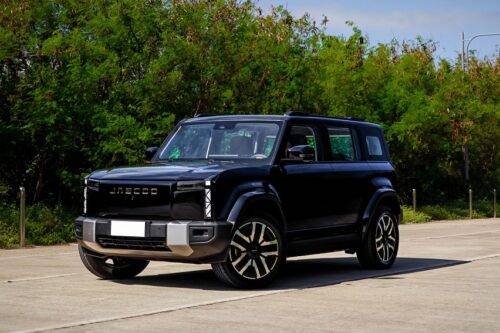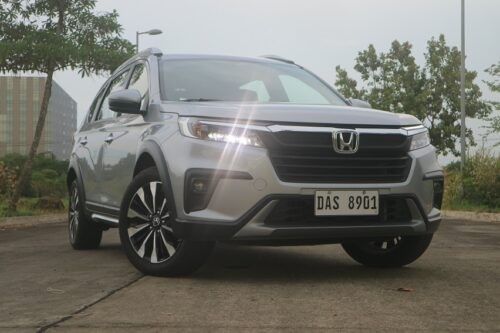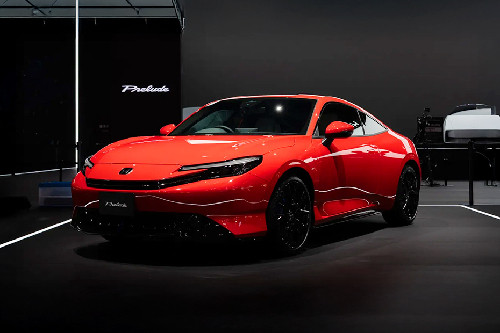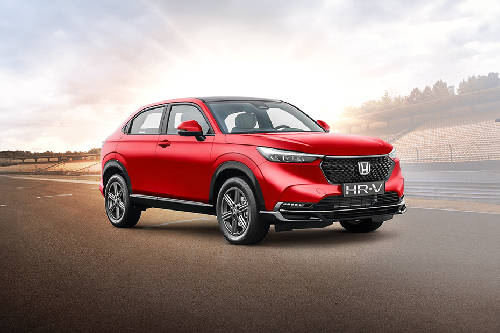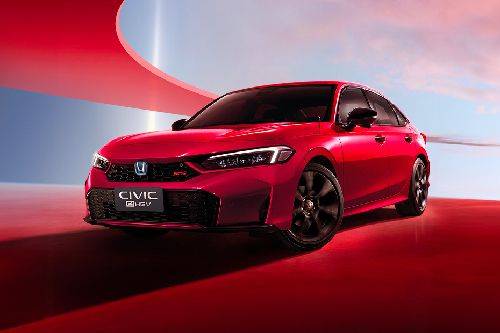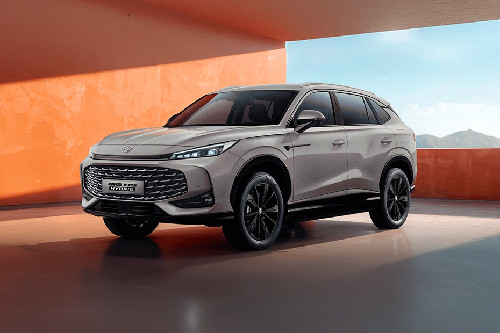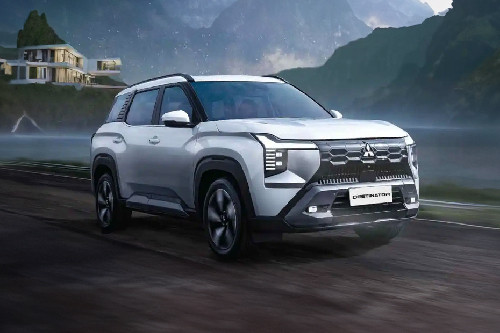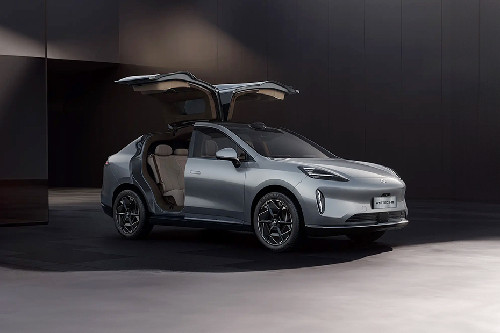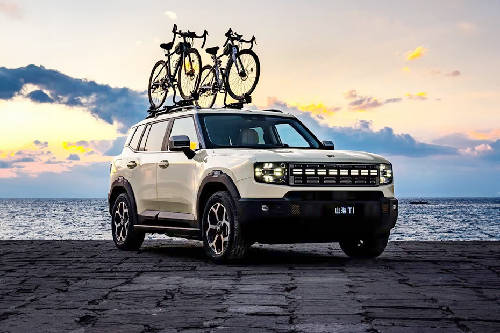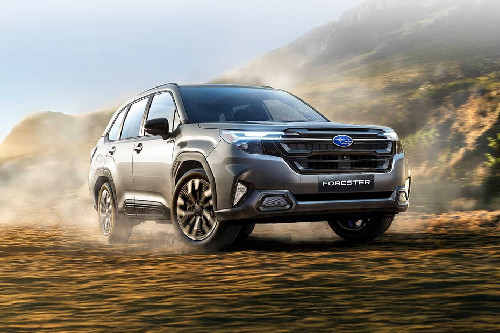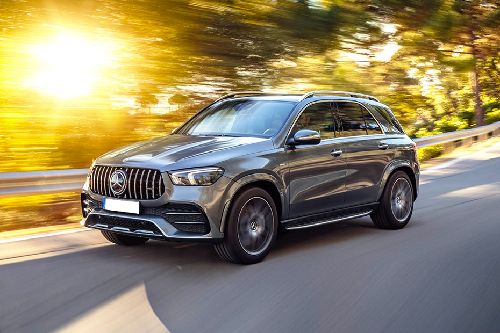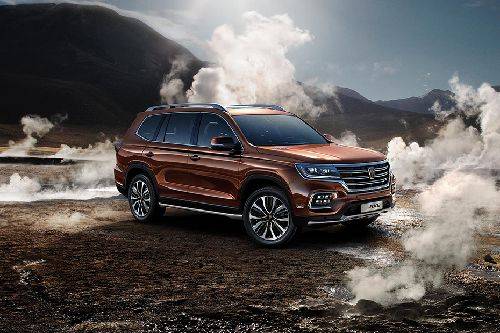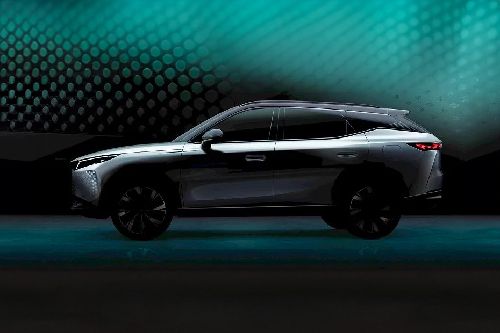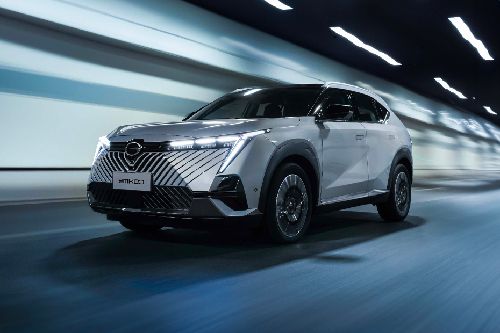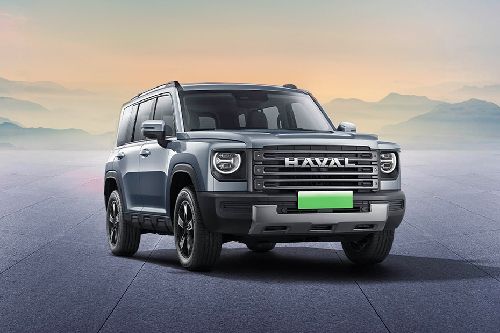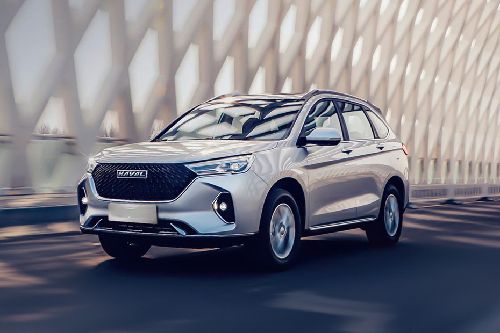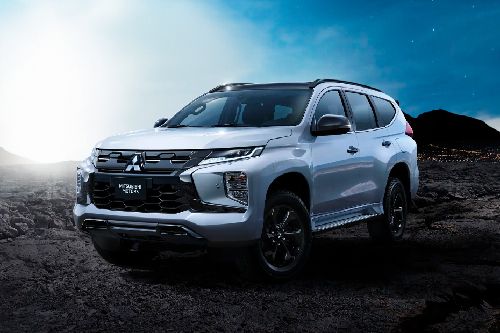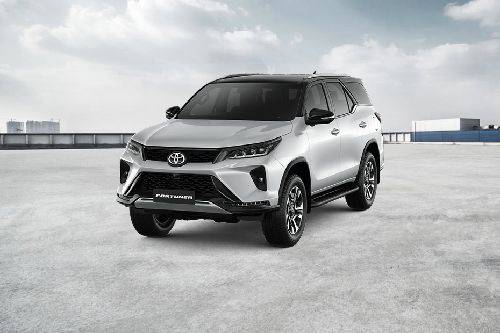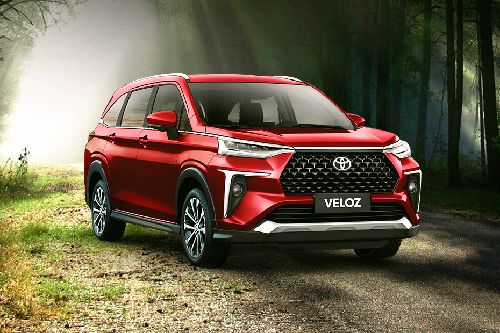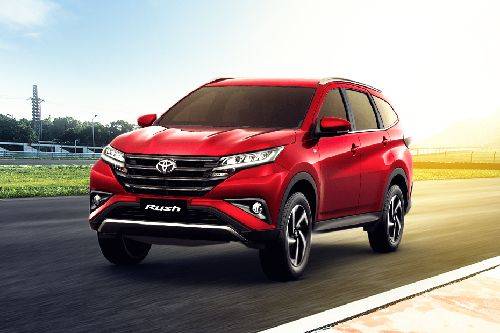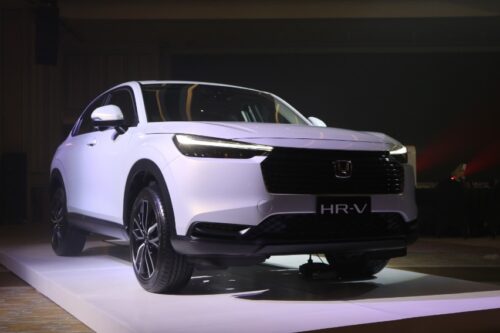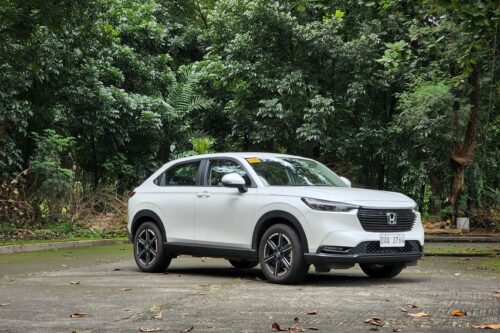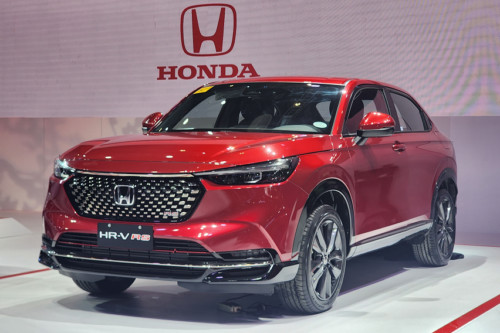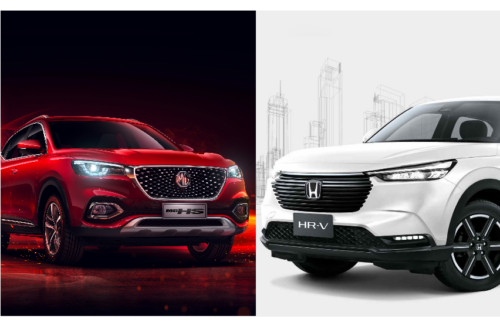Making sense of the HR-V's Honda Sensing safety suite
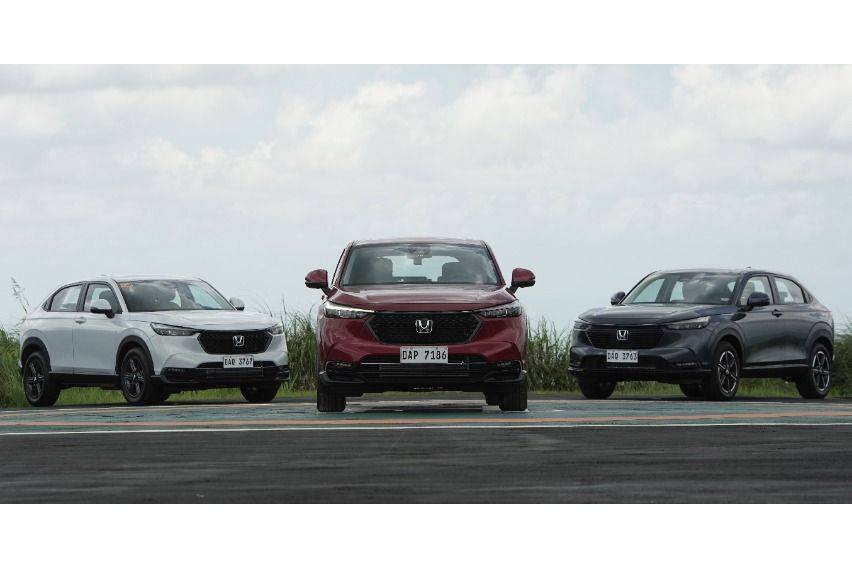
Aside from whipping up a secret sauce called a turbo engine, the 2022 Honda HR-V also does the safety dance with its Honda Sensing safety gadgets.
KEY TAKEAWAYS
What are the functions of the 2022 HR-V's Honda Sensing safety suite?
With Honda Sensing switched on, the HR-V can perform a number of safety moves such as maintaining distance with the vehicle it's following, applying the brakes to avoid collisions, or switches on or off the headlights, depending on conditions.What other safety features does the 2022 Honda HR-V pack?
The HR-V is also equipped with an all-passenger seatbelt reminder, and hill-start assist and hill-descent control.The 2022 HR-V — in both S (P1.29 million) and V Turbo (P1.598 million) trims — is the latest Sensing-equipped model that Honda Cars Philippines Inc. (HCPI) brought in, joining the Accord, Civic, and CR-V.
And to show us how the gadget can make every journey safe and sound, HCPI let us experience each of the features — which we've detailed below — bundled with Honda Sensing.
Adaptive Cruise Control (ACC) with Low-Speed Follow (LSF)
ACC is the first feature we've got to try on SLEX and CALAX, as the test route set up by HCPI was comprised of highways and twisty roads going to and around Tagaytay and Batangas. ACC is ideal for highways, while LSF — which we'll get to later on — is made for the city.
To activate ACC, the driver must preset the speed the HR-V is traveling and its distance from the vehicle it is following. Once turned on, the ACC will maintain the car's pre-selected speed and distance, and should the vehicle in front decelerate or brake, the system will apply the brakes as needed. Then, the ACC will prompt the car to pick up the pace again once the vehicle in front does the same.
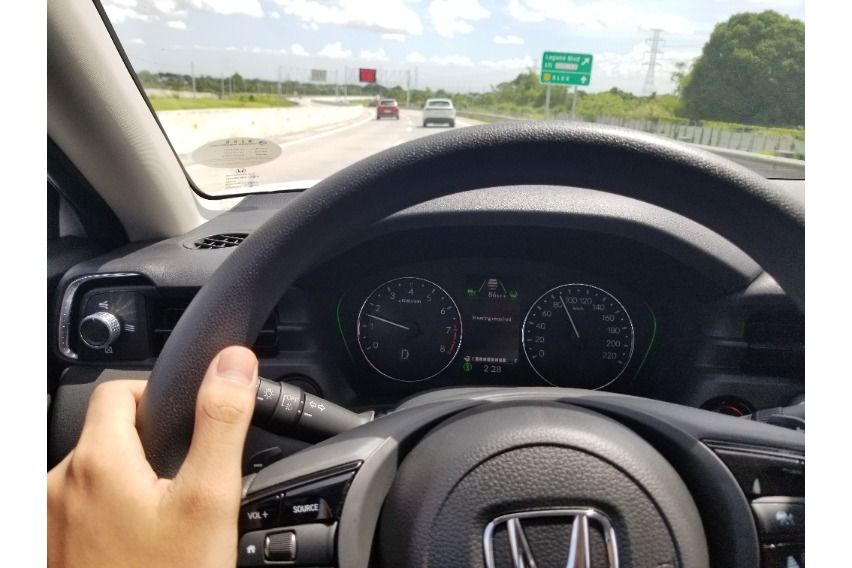
While it's performing all of the above, ACC is even able to detect slight bends on the highway and steers the tiller accordingly. Although this isn't exactly full-autonomous driving — it's only proper that you still need to lightly grip the wheel while ACC does its thing.
Lane Keeping Assist System (LKAS)
The HR-V continues to put you on course on the road to safe trips with LKAS. Another highway-friendly feature, it guides the steering to keep the vehicle centered in its lane.
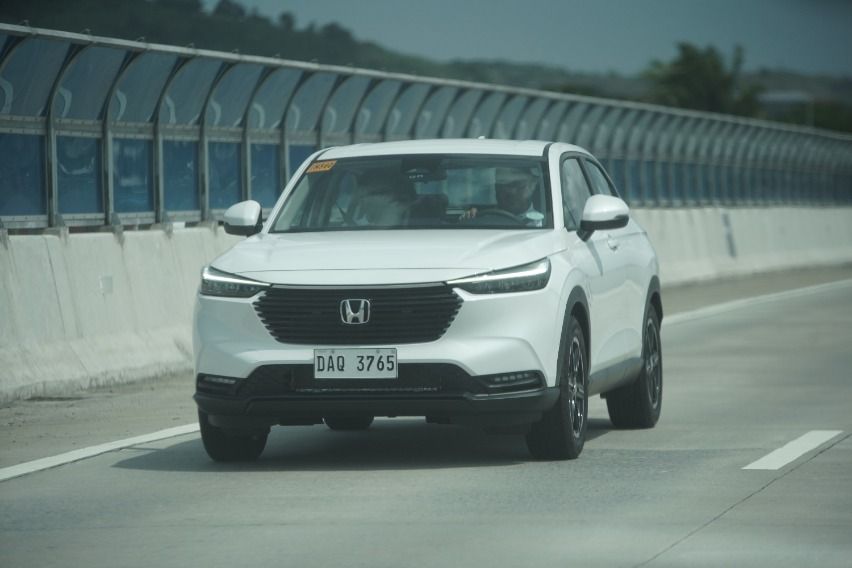
You'll know the LKAS kicking in when you feel the steering wheel vibrating, and see an icon popping up on the HR-V's instrument panel showing that the vehicle is departing from its lane without the use of turn signals.
Road Departure Mitigation System with Lane Departure Warning (RDM with LDW)
Speaking of departing, well, the RDM with LDW will prevent the HR-V from straying off its intended path. These two gadgets are able to read lane markings.
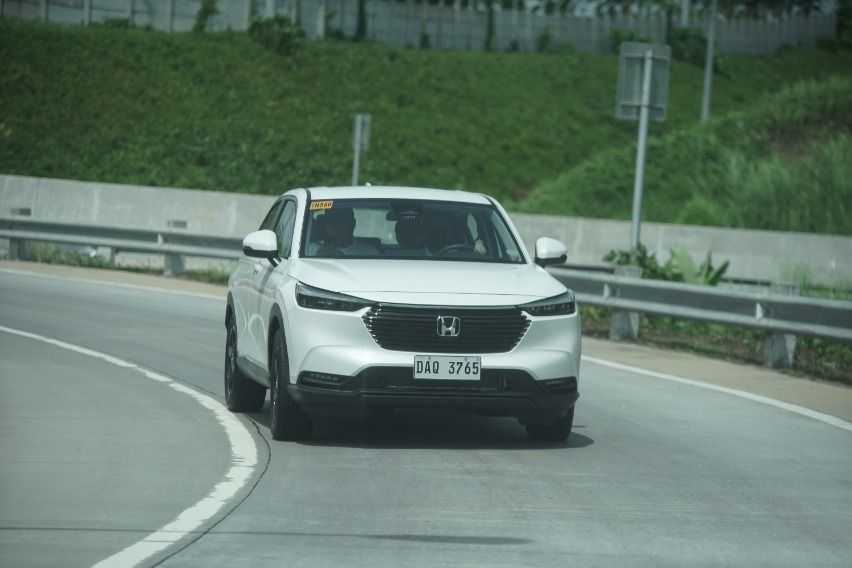
The RDM feature steers the car back to the road, should it be veering off from the road and approaching grass or a ditch on the side, for instance. LDW, on the other hand, notifies the driver via lights and sounds when the car transfers from one lane to another sans turn signals— whether intentional or otherwise.
Lead Car Departure Notification System (LCDN) and Low-Speed Follow (LSF)
Within the gated communities of the Tagaytay Highlands, we sampled the Honda Sensing's LCDN and LCF — both features that are ideal in stop-and-go traffic and when in a queue of cars.
At a standstill, LCDN, well, notifies the driver with a prompt on the dash that the car in front has begun accelerating away. Meanwhile, LCF performs virtually the same accelerating and decelerating function of ACC — albeit in speeds of only up to 30kph.

A word of warning, though: LCDN and LCF will only be able to apply the brakes accordingly only if the vehicle in front is directly placed in the HR-V's path. The systems won't work when, for example, you're approaching a stopped vehicle at a curved road.
Collision Mitigation Braking System (CMBS)
Perhaps no participant during the HR-V Honda Sensing demo dared to test the CMBS — HR-V media units rubbing metal won't be a pretty sight, after all.
But during the drive, it felt reassuring we had CMBS with us. It warns and helps the driver avoid or reduce the impact of a frontal collision, by providing the driver with visual and audible warnings and automatically applying the brakes when necessary.
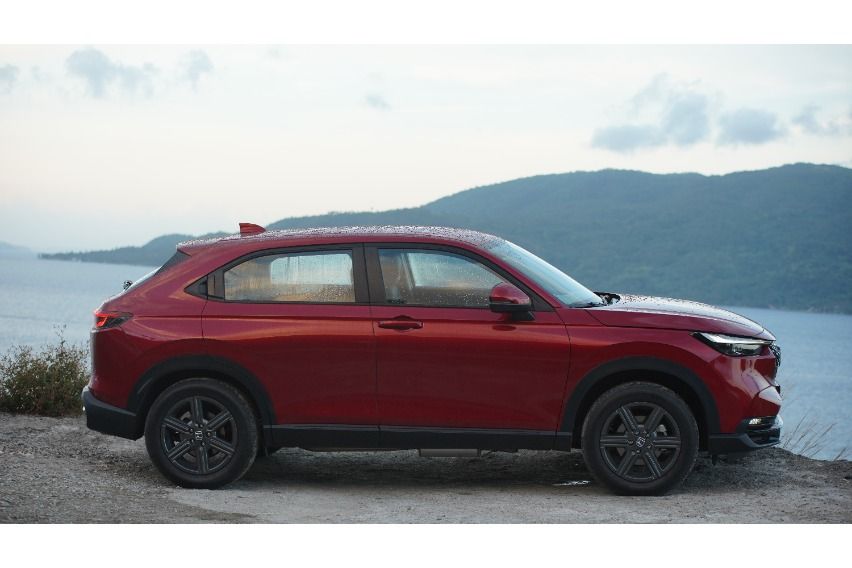
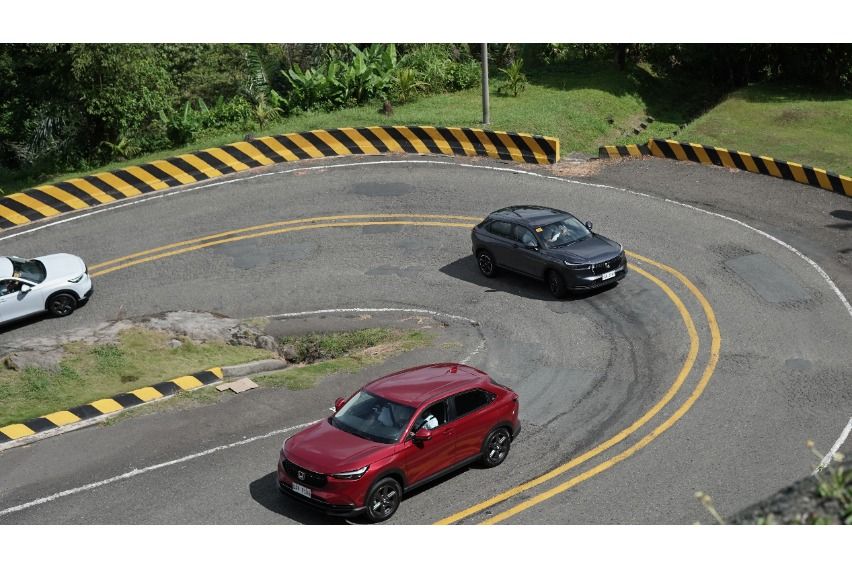
According to HCPI, the 2022 HR-V's Honda Sensing can now better detect other vehicles, motorcycles, bicycles, pedestrians, and road markings.
In the mountain roads of Batangas and Tagaytay, the HR-V was also able to showcase its other safety features such as all-passenger seatbelt reminder, and hill-start assist and hill-descent control.
While we still think that nothing beats the importance of attentive driving, the HR-V's Honda Sensing does what Honda boasts it can do — and it conducts its business impressively.
Photos from Honda Cars Philippines, Inc. and Dylan Afuang
Sell your car at the best price
 Verified and genuine buyers
Verified and genuine buyers
-
Explore Honda HR-V
Honda HR-V Related Stories
- News
- Featured Stories
- Expert Review
Honda Car Models
Don't Miss
Trending & Fresh Updates
- Latest
- Popular
You might also be interested in
- News
- Featured Stories
Honda Featured Cars
- Upcoming
- Popular
Latest Honda HR-V Car Videos on Zigwheels

Compare & Recommended
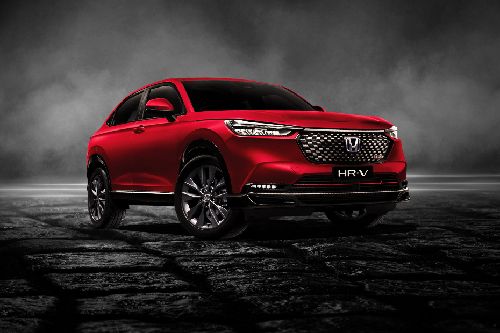
|
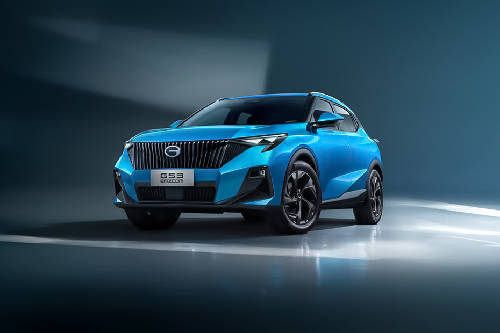
|
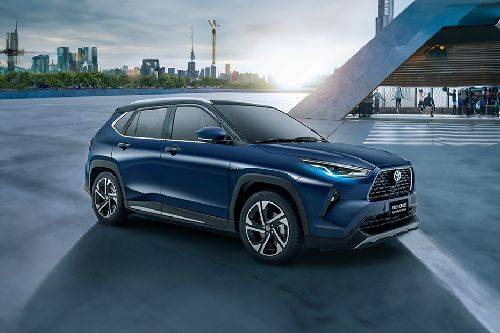
|
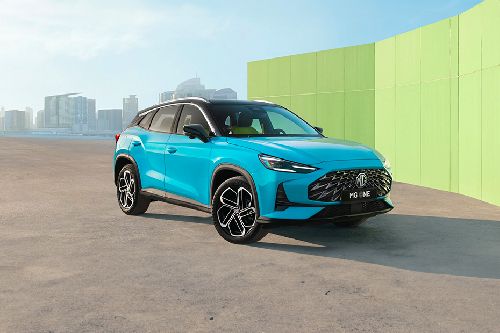
|
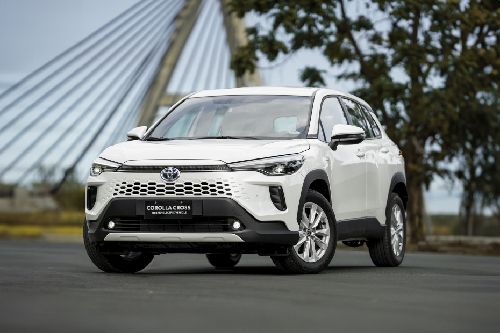
|
|
Seating
5
|
5
|
5
|
5
|
5
|
|
Fuel Type
Gasoline
|
Gasoline
|
Gasoline
|
Gasoline
|
Gasoline
|
|
Engine
1498
|
1497
|
1496
|
1499
|
1798
|
|
Power
119
|
174
|
105
|
170
|
97
|
|
Torque
145 Nm
|
270 Nm
|
138 Nm
|
275 Nm
|
142 Nm
|
|
Transmission Type
CVT
|
Dual Clutch
|
CVT
|
CVT
|
E-CVT
|
|
|
Trending SUV
- Latest
- Upcoming
- Popular
Honda HR-V Car Articles From Carmudi
- journal

